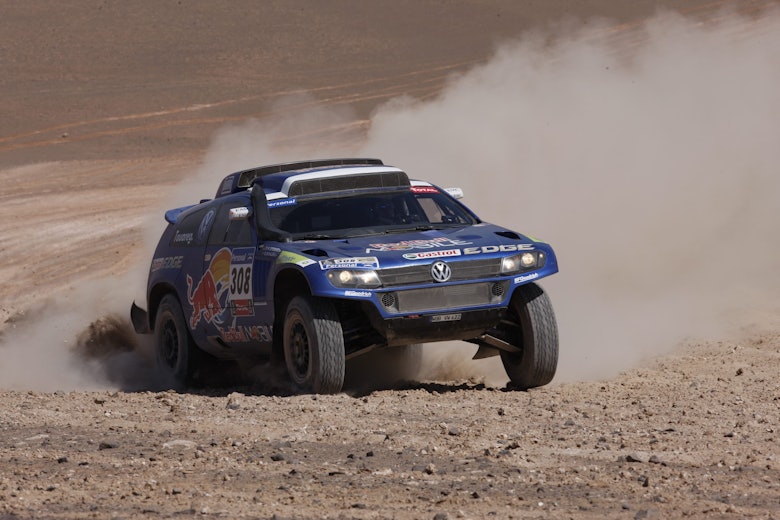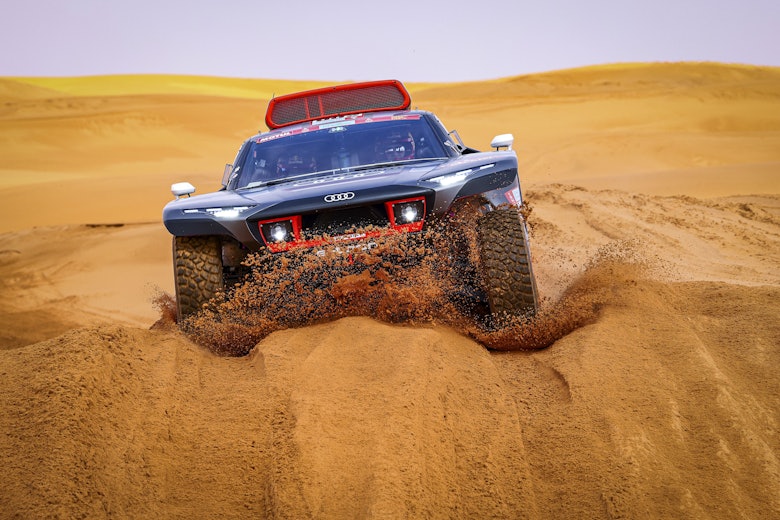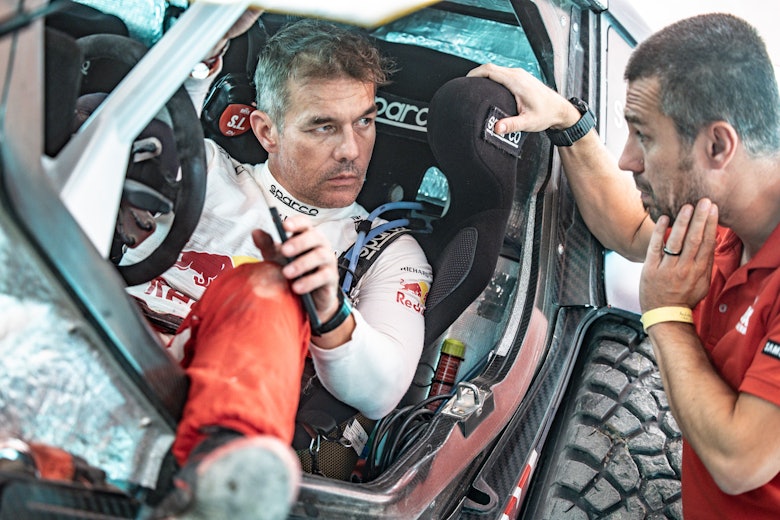Perhaps the biggest change to this year’s Dakar Rally route is that it is significantly longer and more challenging to the previous Saudi Arabia-based editions.
The change has come from the event organizer, the Amaury Sport Organisation, ostensibly, but called for by the competitors.
The ASO accepted their request and radically altered the route for the 45th running of the classic rally raid.
It’s the longest since 2014, so while it’s a return to the past of sorts, it’s not going back to the days where the Dakar was three weeks long and run over multiple country borders.

That last point has been mooted ever since the Dakar made the switch from South America to the Middle East, yet a multi-country route has yet to materialize.
In the early days of the Dakar, crossing multiple borders was the norm, as the rally traversed the likes of Egypt, Mali, Mauritania and Niger before reaching its conclusion in Senegal.
But perhaps the main question to ask here is whether the Dakar needs to cast its net a little wider to neighboring countries like the United Arab Emirates, Jordan, Qatar or even take a leap over the Red Sea back to its origins in Africa?
“For me, the main thing is to have top stages and a good road book,” Audi’s Carlos Sainz told DirtFish.

“One of the good parts of driving in South America was having different types of stages; when we raced in Peru it was all the same, but if I had to choose a Dakar route, I would like to see many types of surfaces and terrains.
“Dunes, sand, roads, some rough stages, everything…that’s how the Dakar should be. And if, to achieve that, you have to go somewhere else, why not? I’m open to that.
“I also think that they can find a lot of this in Saudi Arabia as well, but if they want to go outside of the country too, that’s also fine.”
While three-time winner Sainz is happy to stay in Saudi Arabia only, provided the stages are good, his former Citroën World Rally Championship team-mate and Dakar rival Sébastien Loeb holds a different view, stating that more variety of surfaces and driving style is better all-round.

“For sure I would be happy to move somewhere else,” explained Loeb. “It would be nice to start in Saudi Arabia and then go through Jordan and Abu Dhabi where we can see different kinds of stages, because for me in Saudi, everything is a bit similar.
“OK, we have some dunes and some open spaces but that’s it. For me, personally, I would like to have more tracks, like WRC stages and I know we could find this in Jordan because we did that event in the WRC.
“So, that would be a bit different and make the stages a bit more of a variety, with different driving styles required too. I would like it like this for sure.”
It’s unclear whether the ASO is prepared to go beyond the Saudi borders for future editions, with those mooted plans coming to nothing amid the outbreak of COVID-19 in 2021. Since then, route variation has not been an issue within Saudi as the Dakar continues to discover the country’s vast desert landscape.
Despite this, Sainz does believe that expanding within the Middle East region would help the Dakar reach fresh audiences but added that moving for the sake of moving isn’t a wise decision.
“Going somewhere else is good for the organization, attractive for crews and spectators to visit other countries,” said Sainz.
“If these visits mean better routes, it’s a good idea, but if it’s just to stamp the passports but the roads are not as good, then I am happy with staying in Saudi Arabia.”





